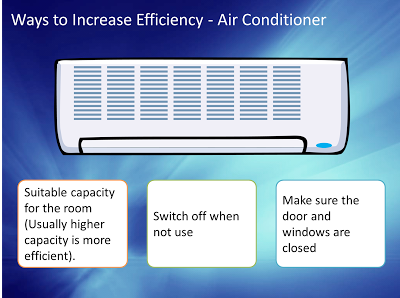Diagram 5.1 (a) shows a boy skating down a ramp from position \(X\). Diagram 5.1 \((b)\) shows the velocity-time graph of the boy from \(X\) to \(Z\).




Diagram \(5.2(a)\) shows the same boy skating down from position \(Y\) by using another ramp. Diagram \(5.2(b)\) shows the velocity-time graph of the boy from \(Y\) to \(Z\).




Both ramps are of the same slope and surface.
- Name the physical quantity represented by the gradient of the velocity-time graph. [1 mark]Acceleration
- Observe Diagram 5.1 (a) and Diagram \(5.2(a)\).
- Compare the gravitational potential energy of the boy at \(X\) and \(Y\). [1 mark]The gravitational potential energy in Diagram \(5.1\) is higher than that of in Diagram 5.2.
- Compare the velocity of the boy at \(Z\) in these two situations. [1 mark]The velocity of the boy at \(Z\) in Diagram \(5.1\) is higher than his velocity in Diagram 5.2.
- Compare the kinetic energy of the boy at \(Z\) in these two situations. [1 mark]The kinetic energy of the boy at \(Z\) is higher than his kinetic energy in Diagram \(5.2\).
- Compare the gravitational potential energy of the boy at \(X\) and \(Y\). [1 mark]
- Based on the answer in \(5 (b)\),
- state the relationship between the gravitational potential energy and kinetic energy of the boy. [1 mark]When gravitational potential energy increases, the kinetic energy increases.
- state the physic concept involved. [1 mark]Principle of conseryationi of energy
- state the relationship between the gravitational potential energy and kinetic energy of the boy. [1 mark]
- Based on Diagram \(5.1(a)\),
- what happens to the velocity of the boy when he skates from \(Z\) to \(Q\) ? [1 mark]Decreases
- Give one reason for the answer in \(5 (d)( i )\). [1 mark] The kinetic energy of the boy changes to potential energy.
- what happens to the velocity of the boy when he skates from \(Z\) to \(Q\) ? [1 mark]
















